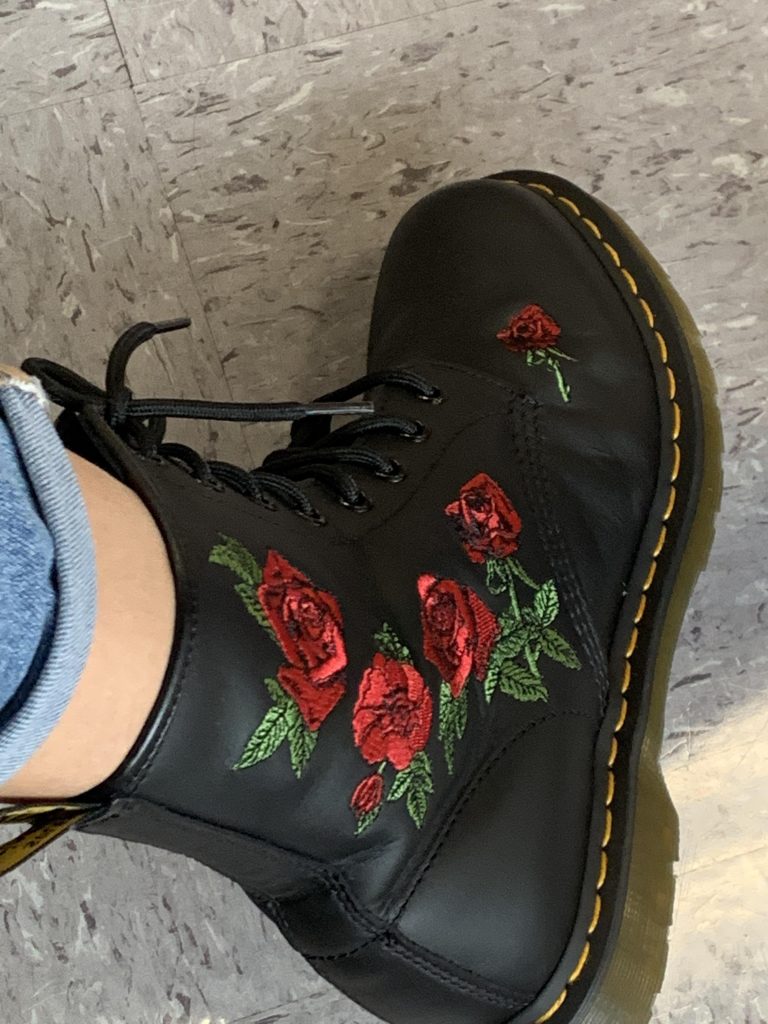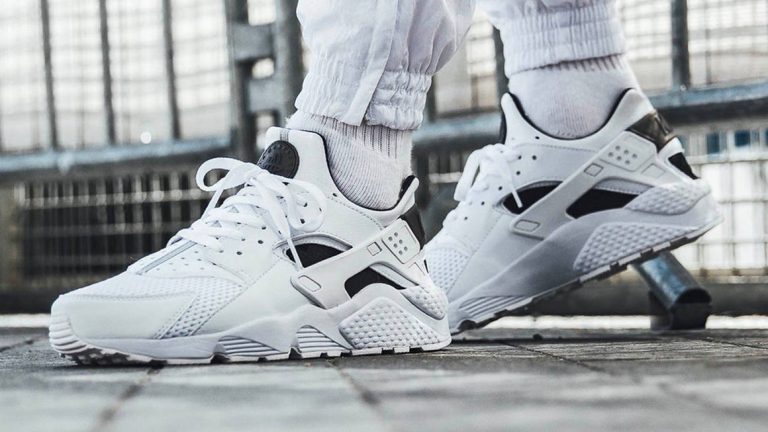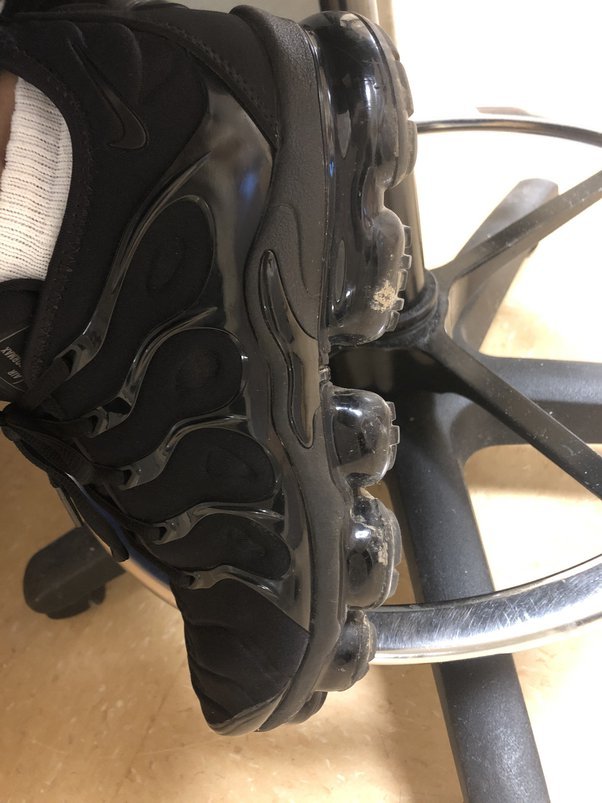Are combat boots good for snow? The answer is a resounding yes! When it comes to braving the winter wonderland, combat boots can be your reliable companion. With their sturdy construction and durable materials, combat boots are built to withstand harsh conditions, including snow and slippery surfaces. These boots offer excellent traction, providing stability and preventing any unexpected slips or falls on icy terrains. So, if you’re planning on stepping out into a snowy landscape, combat boots should definitely be on your radar. Let’s delve deeper into why combat boots are the perfect choice for snowy adventures.
Are Combat Boots Good for Snow?
Combat boots have long been associated with military personnel and their ruggedness and durability have made them a popular choice among outdoor enthusiasts and fashion-forward individuals. But when it comes to snowy conditions, are combat boots up to the challenge? In this article, we will explore the suitability of combat boots for snow and discuss their features, pros, and cons in snowy environments. Whether you’re planning a winter adventure or simply looking for sturdy footwear during the colder months, read on to find out if combat boots are a reliable option.
Understanding Combat Boots
Combat boots are specifically designed to provide protection and support to the wearer in various demanding environments. Originally designed for military use, combat boots have evolved to become a style statement in the fashion world. They typically feature a lace-up design, high ankle support, durable materials, and a rugged outsole for enhanced traction. Combat boots are known for their sturdiness, versatility, and ability to withstand harsh conditions. However, their suitability for snow depends on several factors.
Insulation and Waterproofing
When it comes to combat boots, insulation and waterproofing are vital considerations for snowy conditions. While combat boots offer some protection against the elements, not all combat boots are designed to handle snowfall. Some combat boots lack proper insulation and waterproofing, making them unsuitable for snowy environments. However, some combat boots come with added insulation and waterproofing features, which can make them suitable for light to moderate snow conditions. It’s essential to look for combat boots specifically designed for cold weather and snow if you plan to wear them in snowy conditions.
Material and Construction
The materials and construction of combat boots play a significant role in their suitability for snowy conditions. Combat boots made from high-quality and durable materials such as leather or synthetic materials can offer better resistance to moisture and protect against snow infiltration. Additionally, the construction of the boots, including reinforced seams and a well-built sole, can enhance their ability to withstand the challenges of snow and provide better insulation.
Types of Combat Boots
Not all combat boots are created equal, and there are various types available in the market. Some combat boots are specifically designed for hot climates, while others are ideal for cold weather conditions. When considering combat boots for snowy environments, it’s important to choose the right type. Winter combat boots often feature added insulation, waterproofing, and a higher degree of thermal protection, making them more suitable for snow.
Traction and Grip
One of the most critical factors to consider when choosing footwear for snowy conditions is traction and grip. Combat boots with a rugged outsole and deep lugs can offer better traction on slippery surfaces. Look for combat boots with a tread pattern specifically designed to provide excellent grip on icy or snowy terrain. This will help prevent slips and falls, providing you with stability and confidence while navigating through snowy landscapes.
Considerations for Extreme Cold
In extremely cold conditions, combat boots may not provide adequate insulation and protection on their own. Layering your socks and using special insulated insoles can help improve the warmth and comfort of your combat boots. Additionally, using gaiters or waterproof pants can prevent snow from entering the boots and help keep your feet dry and warm.
Additional Tips for Snowy Conditions
While combat boots can be a good option for snowy conditions, there are a few extra measures you can take to enhance their performance:
- Apply a waterproofing treatment to your combat boots regularly to maintain their water resistance.
- Consider wearing thermal or woolen socks to provide additional warmth and insulation.
- Use snowshoes or ice cleats for added traction and stability in deep snow or icy conditions.
- Keep an eye on the weather forecast and adjust your choice of footwear accordingly. Combat boots may not be suitable for heavy snowstorms or extreme cold.
While combat boots are generally sturdy and versatile, their suitability for snowy conditions depends on their specific features and design. Combat boots with insulation, waterproofing, and good traction can be a reliable choice for light to moderate snow. However, for extreme cold or heavy snowfall, specialized winter boots may be more appropriate for ultimate protection and comfort. Ultimately, it is important to choose boots that are specifically designed for the weather conditions you anticipate and ensure they offer the necessary features to keep your feet warm, dry, and secure in snowy environments.
Remember, your choice of footwear is crucial for your safety and comfort in snowy conditions, and investing in the right pair of boots can make all the difference in enjoying your winter adventures to the fullest. Stay warm, stay safe, and enjoy the beauty of snowy landscapes with appropriate footwear.
BEST Winter Boots for Ranger School
Frequently Asked Questions
Are combat boots good for snow?
Combat boots generally are not the best choice for snowy conditions due to their design and materials. While they may provide some protection from wetness, combat boots lack the insulation, waterproofing, and grip necessary for navigating through snow and ice. They are primarily designed for rugged terrains and combat situations rather than winter weather. To ensure proper warmth, traction, and protection during snowy conditions, it is recommended to opt for winter boots specifically designed for these conditions.
Can combat boots be worn in snowy environments?
While combat boots can be worn in snowy environments, they may not provide adequate protection and comfort. Combat boots are typically made of leather or synthetic materials that are not designed to withstand prolonged exposure to moisture and extreme cold. Without proper insulation and waterproofing, your feet are at risk of getting wet and cold, leading to discomfort and potentially frostbite. It is advisable to invest in winter boots with insulation and waterproof features when dealing with snowy environments.
Do combat boots offer enough traction on snow?
Combat boots often lack the specialized tread patterns and grip required for walking on snow and icy surfaces. The soles of combat boots are usually designed for rough terrains and may not provide sufficient traction on slippery surfaces. This can increase the risk of slipping and falling, especially in snowy conditions. To ensure better traction and stability, it is recommended to choose boots specifically designed for winter use, with features like lugged soles and anti-slip technologies.
Are combat boots waterproof for snow?
Combat boots are generally not waterproof for snow. While they may have some resistance to moisture due to the materials used, combat boots are not specifically designed to keep your feet dry in wet and snowy conditions. Without proper insulation and waterproof membranes, snow and moisture can seep into the boots, making your feet wet and cold. For optimal protection against snow and wetness, it is advisable to wear boots specifically designed for winter with waterproof features.
Are there any downsides to wearing combat boots in snow?
Wearing combat boots in snow can have several downsides. Combat boots are often heavier and bulkier than winter boots, which can cause fatigue and discomfort during prolonged use. Additionally, combat boots lack insulation and waterproofing features, making them less effective in keeping your feet warm and dry in snowy conditions. Their soles may not provide sufficient traction on slippery surfaces, increasing the risk of slips and falls. It is recommended to opt for winter boots that are specifically designed for snow to ensure better comfort, protection, and performance.
Final Thoughts
Combat boots can be a suitable option for snowy conditions due to their sturdy construction and traction. With their durable materials and rugged soles, combat boots provide good protection against the cold, wet, and slippery surfaces. They offer stability and support, making them a practical choice for navigating through snowy terrain. However, it is important to note that combat boots are not specifically designed for snow, and their effectiveness may vary depending on factors such as insulation and waterproofing. Therefore, while combat boots can be used in snowy conditions, it is advisable to consider specialized snow boots for optimum comfort and protection.






